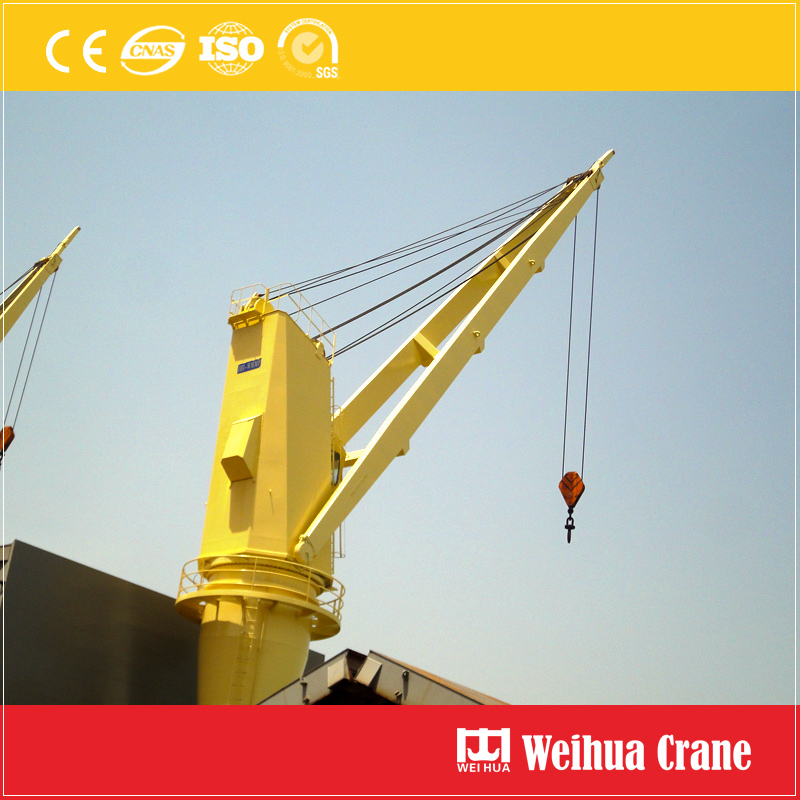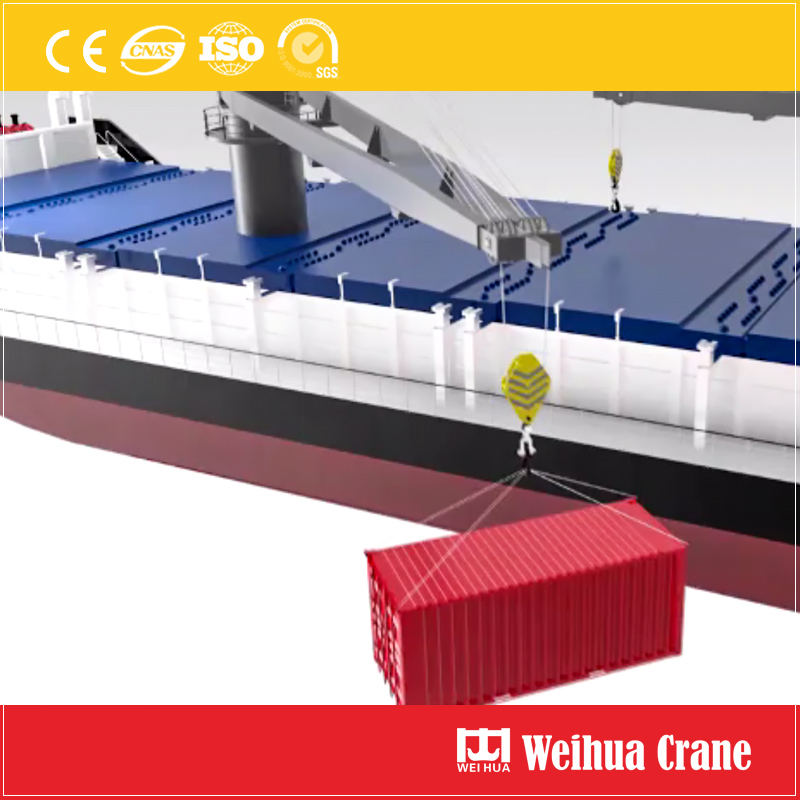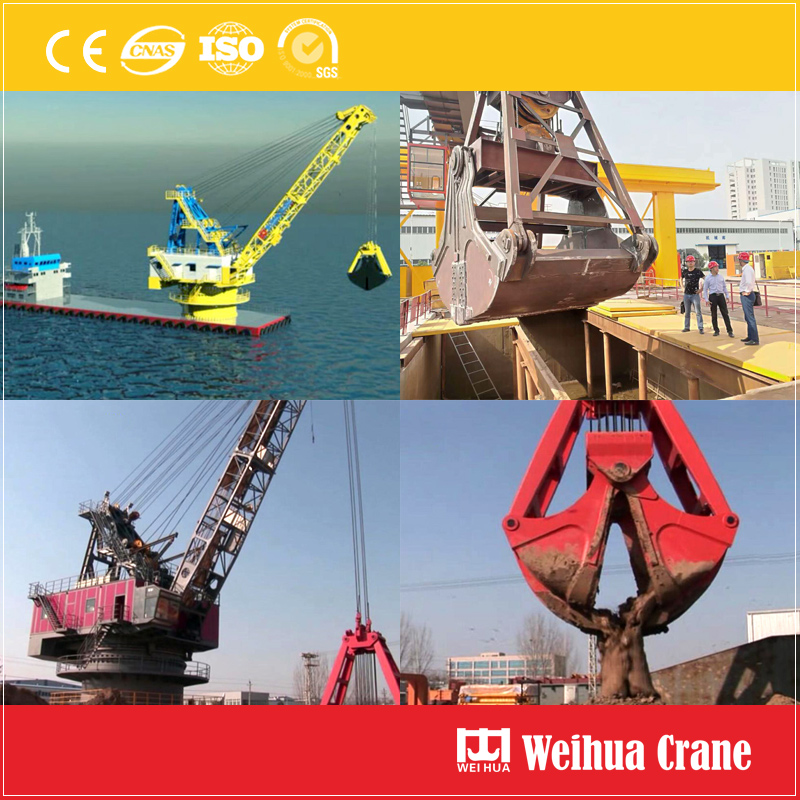With the development of medical technology, it has become a trend to implant some medical devices in the body to help people to treat certain diseases or to replace some organ functions. However, there are always some hidden worries when implanting devices, such as battery life, because Many medical devices are battery-powered, but there are always battery life and safety issues associated with traditional medical devices, which are troublesome to change. However, this issue does not seem to worry about it. Researchers at the Massachusetts Institute of Technology and Brigham and Women's Hospital have developed a new battery for medical use that can be acid-driven and produce enough power for some tiny sensors or drugs Conveyor equipment implementation. Professor Robert Langer of the Massachusetts Institute of Technology (MIT), along with several researchers, reported the new pill in a paper published in the Nature Biomedical Engineering. The battery prototype is like a capsule, 12 mm in diameter and 40 mm high. The researchers said the volume may be smaller in the future. This new battery is safer and cheaper and is expected to replace the batteries used in current in-body or drug delivery devices. This is not an invention that has been smashed out for fun. Behind it is the whimsy of Professor Lange and his collaborator Professor Giovanni Traverso. Traviso, a former gastroenterologist and biomedical engineer at the Brigham and Women's Hospital, and a senior author of the study, invented a series of edible pills that could be swallowed with To monitor body temperature, heart rate and other physiological indicators. If there is an abnormality in the patient, these pills will release the medication and allow them to regain their health. This sounds very reasonable design, there are potential practical problems - in order for these pills can be successfully swallowed, their size is bound to be limited, so the batteries for these pills can not be too large, which is extremely large Affect the duration of the onset of the pill. "We need to make the supply last longer," said Professor Traviso. It is reported that the battery design inspired by lemon battery. Primary school nature class learned, lemon battery simply insert galvanized screws and copper into the lemon, you can use the hydrogen ions in citric acid to generate current. In this new battery, researchers used a similar approach, placing zinc and copper electrodes on the surface of a miniature commercial temperature sensor that releases ions to the gastric juice and uses gastric acid drive circuitry to generate enough energy to drive the sensor And a 900 MHz transmitter. Researchers are currently experimenting with pigs that have a long digestive tract that is long enough to test the pill's durability and which, on average, 6 days pass through the pig's digestive system. In the stomach, the battery can provide enough energy to drive the sensor, and send a wireless signal every 12 seconds, the data is transmitted to the base station 2 meters away. Once the device enters the small intestine, the battery provides a significant reduction in energy, but it can still drive the device and deliver information for a considerable amount of time, albeit at a reduced delivery frequency. "This research is exciting," said one expert who did not participate in the study. "This represents a number of advances in bio-absorbable energy, high-efficiency electronics, advanced bioreceptors, and wireless transmission systems." "Our work is expected to bring a new generation of electronic pills," said Lange. "They will one day be able to monitor patients' health and treat the disease in new ways." The emergence of this battery means that in the future when people implant devices in the body, they can use the body's own resources to generate power support equipment, and more in line with the laws of life, eliminating a lot of trouble. At present, scientists are improving the invention. In the future, its volume is expected to shrink to one-third of its current size and to use the collected physiological data to provide patients with better medical advice and even to automatically release the drug in the patient's body. A fully automatic picture of the health era is slowly unfolding before us.
Deck crane can be fitted on bulk carrier, container vessel, cargo ship, engineering ship. Weihua deck cranes are used to hand bulk material, container, cargo goods, etc. There are 2 types for users: standard type and fast speed type. Please read the data sheet.
Features of Weihua Deck Crane:
1. Capacity: 30t/36t
2. Built-in machine, electric, hydraulic, integrated system.
3. Fully hydraulic drive.
4. Self-diagnosis wave compensation system.
5. Luffing load horizontal movement technology.
6. 8 safety devices including torque limiter, etc.
7. Visible safety monitoring system.
Grab dredger is used for dredging work in waterways, harbor pools and underwater infrastructure works. Weihua grab dredger is suitable for handling mining mud, gravel, pebbles and cohesive soil.
Grab volume: 18m3
Dredging depth: 50m in water, 10m above water
Grab dredger arm length: 30m
Working radius: 15-23.5m
Deck Crane,Marine Deck Crane,Deck Container Crane,Deck Grab Dredger Henan Weihua Heavy Machinery Co., Ltd. , https://www.weihuacranefactory.com


